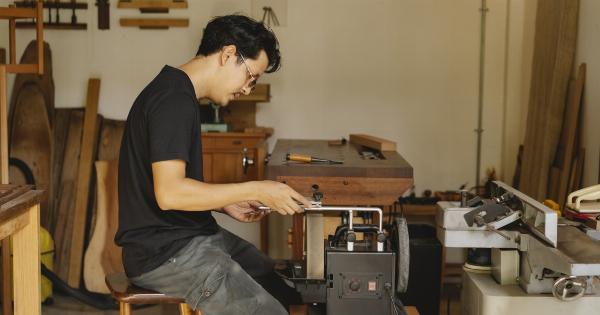For generations, humans have been fascinated with appearances, and the quest for physical perfection has become a universal fixation. One of the many features that has long been considered significant is the nose.
Years after years, the desire for a perfect nose has fueled the growth of the cosmetic surgery industry, with many people undergoing rhinoplasty to enhance their appearance. The question remains, what makes the perfect nose and what is its significance? Recent research sheds new light on this topic.
The Anatomy of the Nose
Before we delve into the implications of a perfect nose, it’s important to understand the anatomy of the nose. The nose consists of bone, cartilage, and soft tissues, all of which contribute to its structure and shape.
The nasal bones form the bridge of the nose, while the cartilage shapes the nostrils and supports the tip. The soft tissues, including the skin and mucous membranes, cover the bone and cartilage.
The Perfect Nose: What Science Says
The perfect nose has long been a topic of debate, and until recently, theories have been based largely on subjective opinions. However, recent research has found that certain characteristics contribute to the perception of a perfect nose.
One study conducted by the Plastic and Reconstructive Surgery Journal identified the following characteristics as contributing to a perfect nose:.
- Straightness of the nose
- Angle of the nose If the angle is too acute, or too obtuse, it is perceived as unattractive
- Nasal projection
- Nasal length
- Nostril shape and size If the nostrils are too small or too large, it is considered unattractive
- Nasal symmetry If the nose is asymmetrical, it is seen as unattractive
The study also found that the perfect nose varies by gender, with men valuing a stronger, more prominent nose while women prefer a slightly more delicate one.
The Significance of the Perfect Nose
Psychologists have long recognized the importance of physical attractiveness in societal relations.
Research has shown that people who are perceived as attractive are often viewed more positively by others, regardless of their personality traits or abilities. The nose, as a central facial feature, plays a significant role in facial attractiveness.
Studies have found that people with a perfectly shaped nose are perceived as more attractive, intelligent, successful, and even trustworthy. However, the significance of a perfect nose extends beyond social interactions.
It has been suggested that a straight, symmetrical nose can improve airflow and respiratory function, while a deviated nasal septum or other structural abnormalities can obstruct breathing, leading to sleep apnea and other health issues.
The Role of Rhinoplasty
Rhinoplasty, or nose surgery, is one of the most popular cosmetic surgeries worldwide, with millions of people undergoing the procedure each year.
Rhinoplasty is an effective way to correct structural abnormalities, improve breathing, and enhance facial appearance.
However, it is important to note that surgery is not always necessary to achieve a perfect nose. Non-surgical rhinoplasty, using injectable fillers, can be used to reshape the nose without invasive surgery.
These treatments can improve symmetry, reduce humps or bumps, and change the angle of the nose.
The Bottom Line
The significance of a perfect nose has been long recognized, and recent research has shed new light on what exactly makes the perfect nose.
While the desire for a perfect nose is often driven by social standards, the significance of the nose extends beyond appearance, with the nose playing a critical role in respiratory function. Rhinoplasty, whether surgical or non-surgical, can be an effective way to correct structural issues and enhance appearance.




























